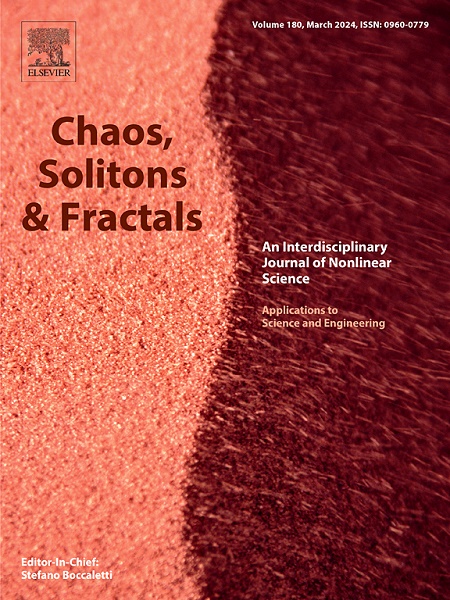Phase transitions in operation of heterogeneous vehicles mixed with human-driven and connected autonomous vehicles under speed restriction circumstances
IF 5.3
1区 数学
Q1 MATHEMATICS, INTERDISCIPLINARY APPLICATIONS
引用次数: 0
Abstract
In the traffic road physical environment, there are many physical factors that affect vehicles speed, such as slopes, bends, and spiral roads. For vehicle safety on non-flat road, the speed restriction requirements are applied for road management. Especially in the mixed traffic involving connected autonomous vehicles (CAVs) and human-driven vehicles (HDVs), it is even more necessary to enhance vehicle safety through speed restriction on rugged roads. Consequently, to cope with the influence of complex road physical facilities, the speed restriction effect (SRE) is adopted to build a novel lattice model for heterogeneous vehicles covering CAVs and HDVs. Subsequently, we infer the stable requirement affected by the SRE and the penetration of CAVs. Also, the mKdV equation is significantly affected by the SRE and the penetration of CAVs based on nonlinear analysis. Additionally, the impacts of the SRE and the penetration of CAVs on mixed traffic behaviors have been investigated from two aspects involving density wave and limit loop via simulations. Simulation results discover that heterogeneous vehicles behaviors exhibit a positive stability trend owing to the SRE and the penetration of CAVs, which signifies that the SRE is an important factor being considered in heterogeneous vehicles including CAVs and HDVs.
求助全文
约1分钟内获得全文
求助全文
来源期刊

Chaos Solitons & Fractals
物理-数学跨学科应用
CiteScore
13.20
自引率
10.30%
发文量
1087
审稿时长
9 months
期刊介绍:
Chaos, Solitons & Fractals strives to establish itself as a premier journal in the interdisciplinary realm of Nonlinear Science, Non-equilibrium, and Complex Phenomena. It welcomes submissions covering a broad spectrum of topics within this field, including dynamics, non-equilibrium processes in physics, chemistry, and geophysics, complex matter and networks, mathematical models, computational biology, applications to quantum and mesoscopic phenomena, fluctuations and random processes, self-organization, and social phenomena.
 求助内容:
求助内容: 应助结果提醒方式:
应助结果提醒方式:


